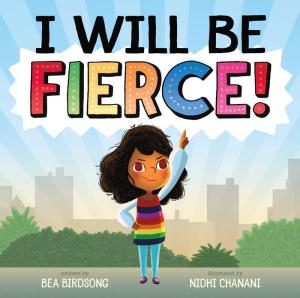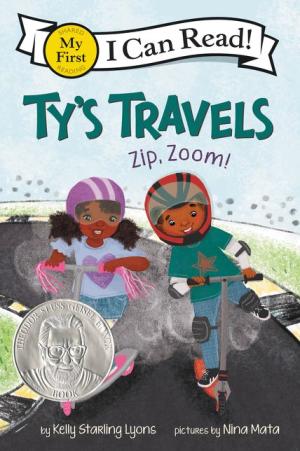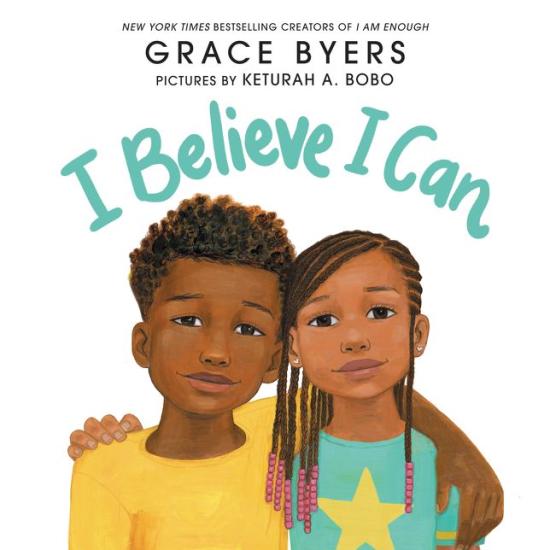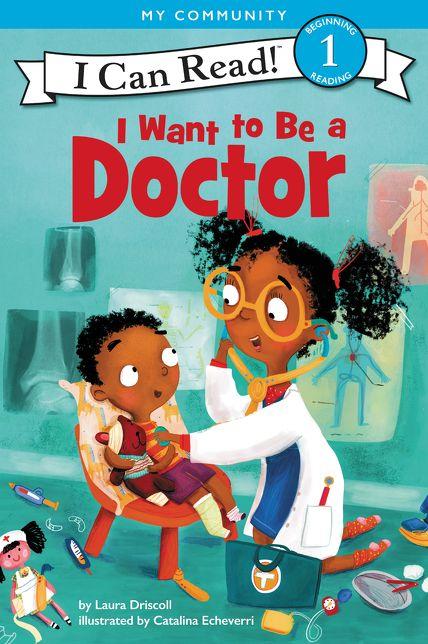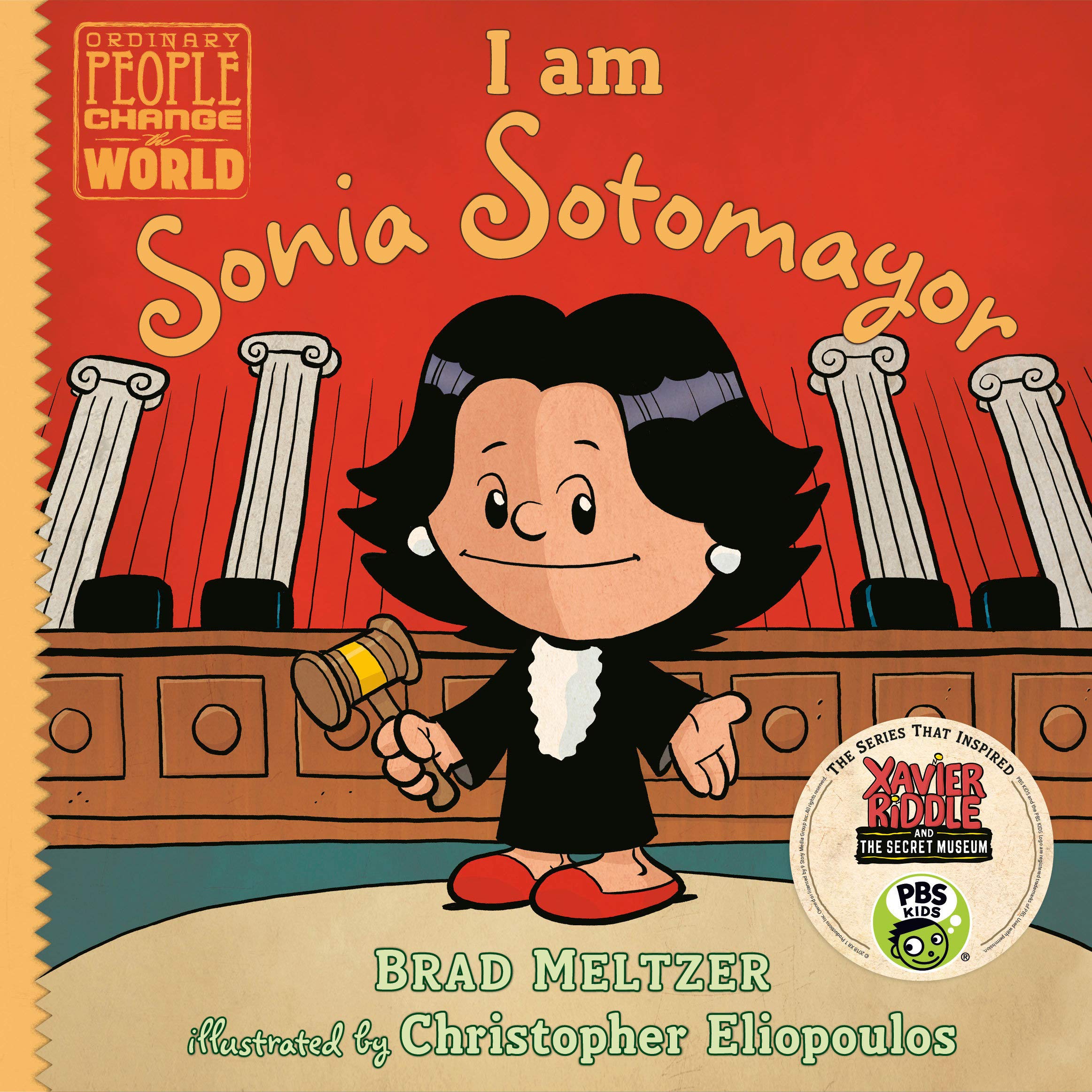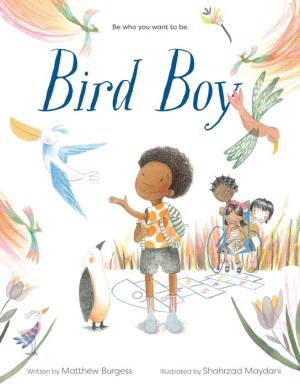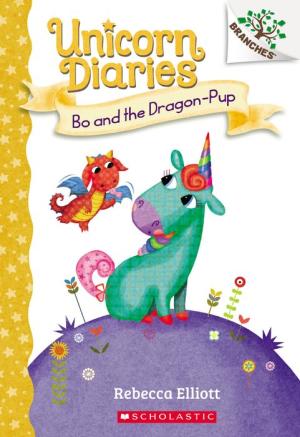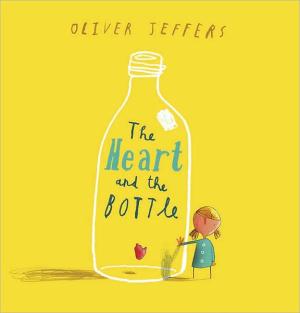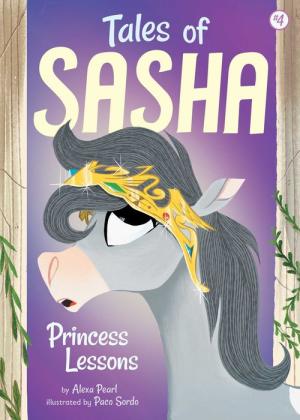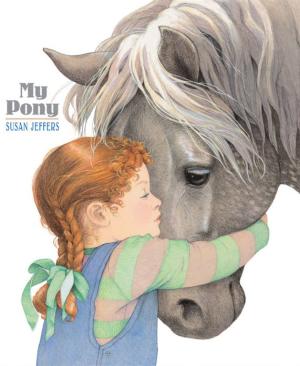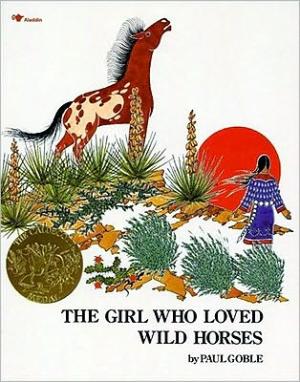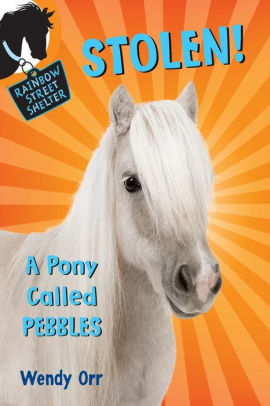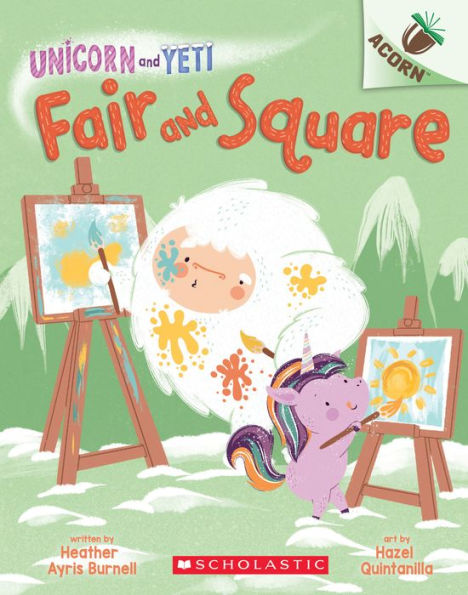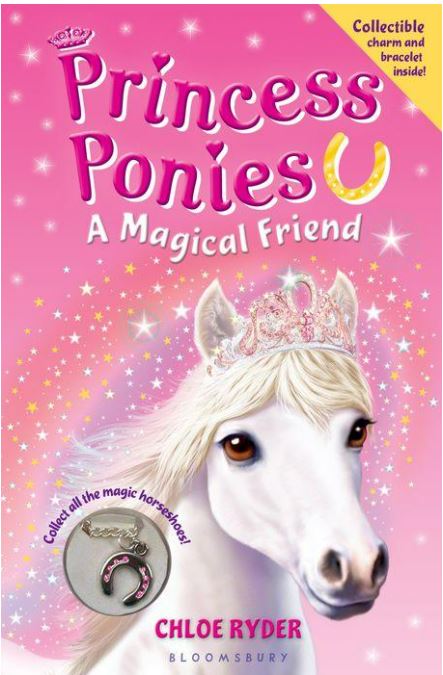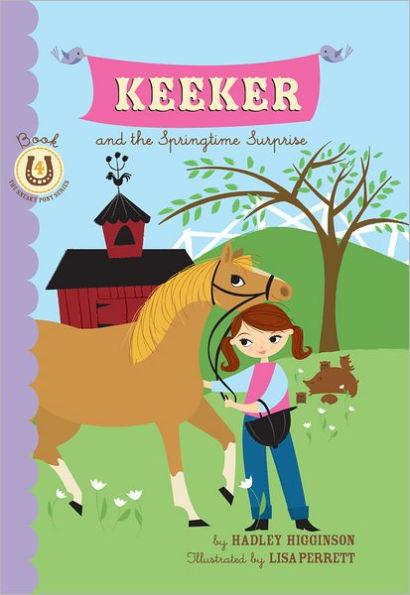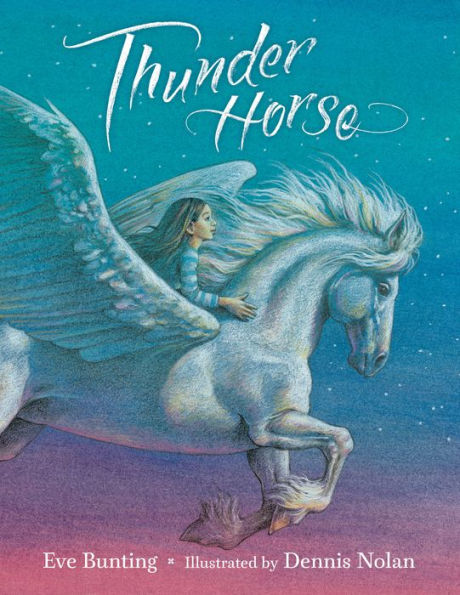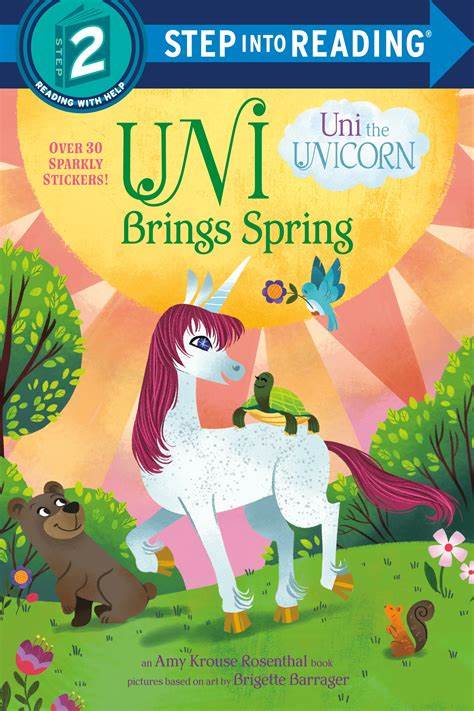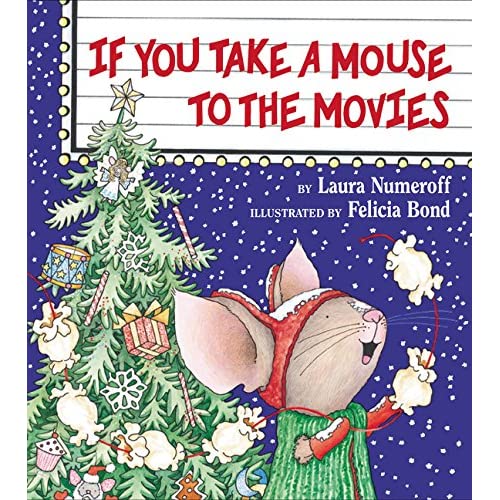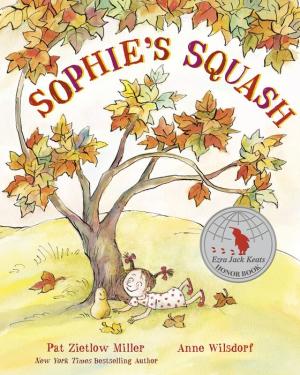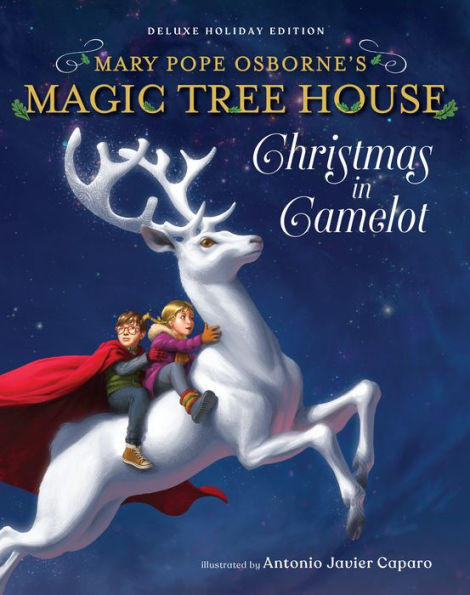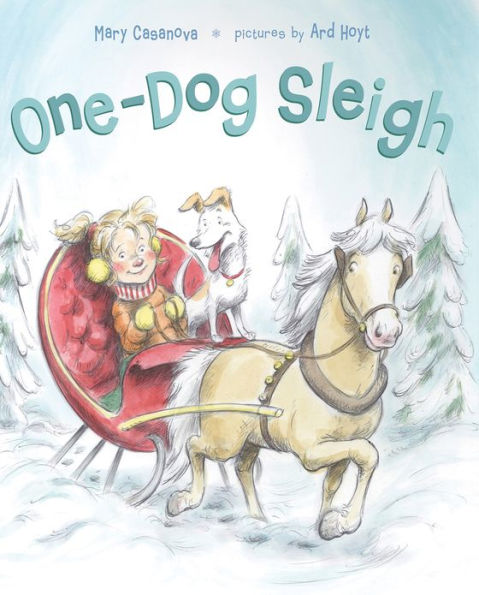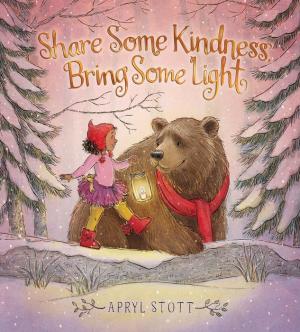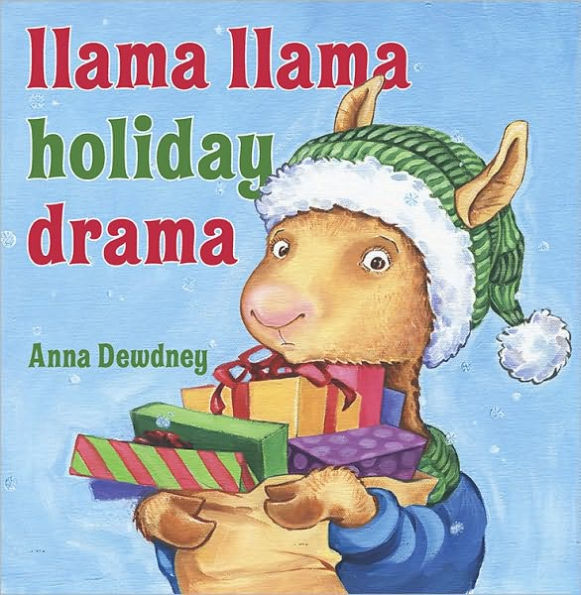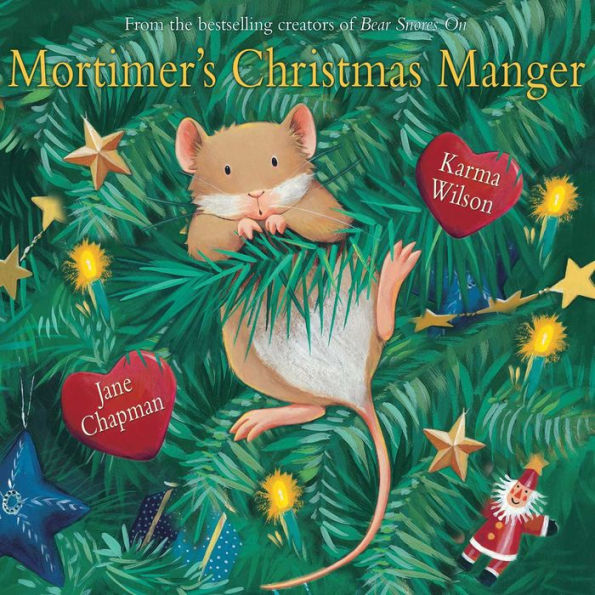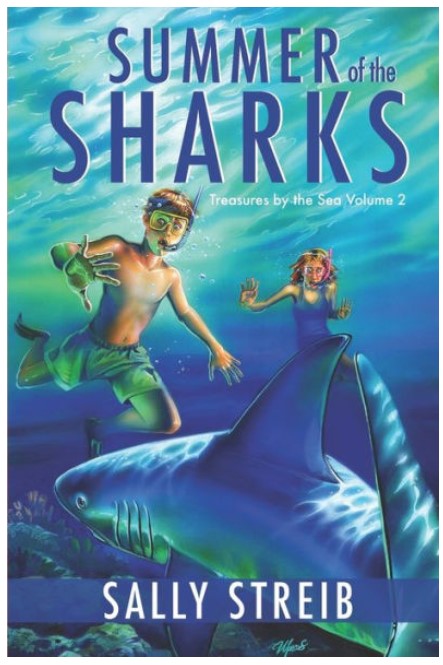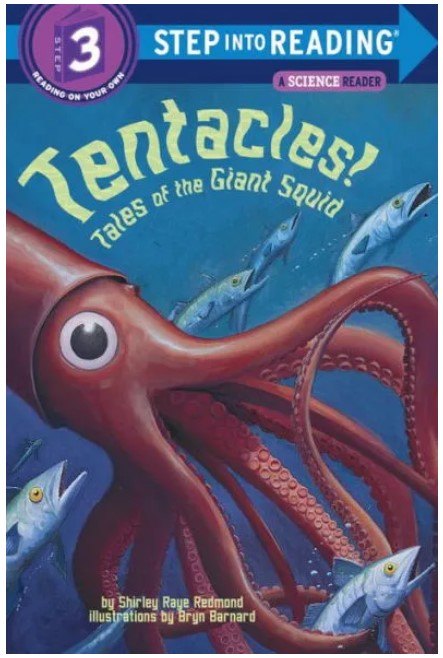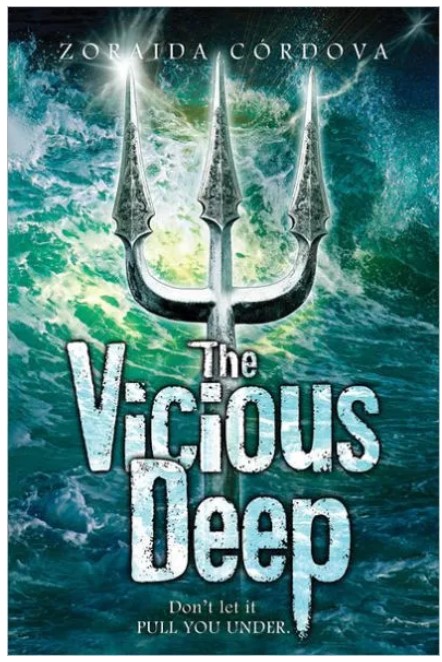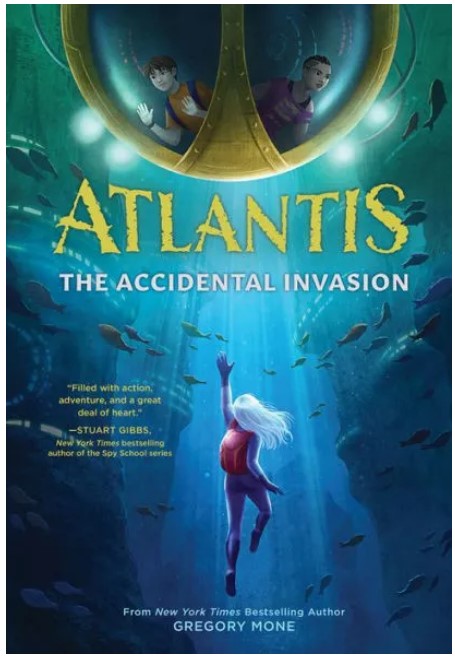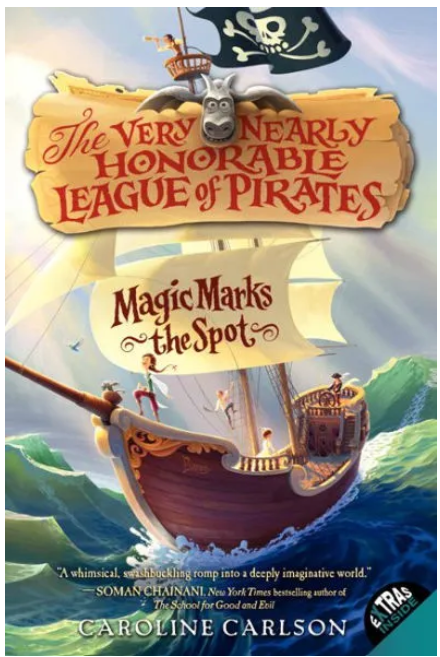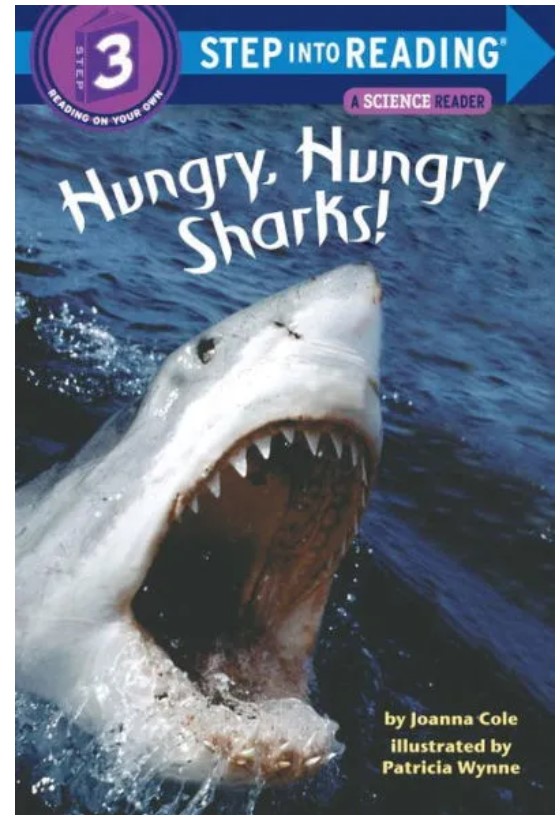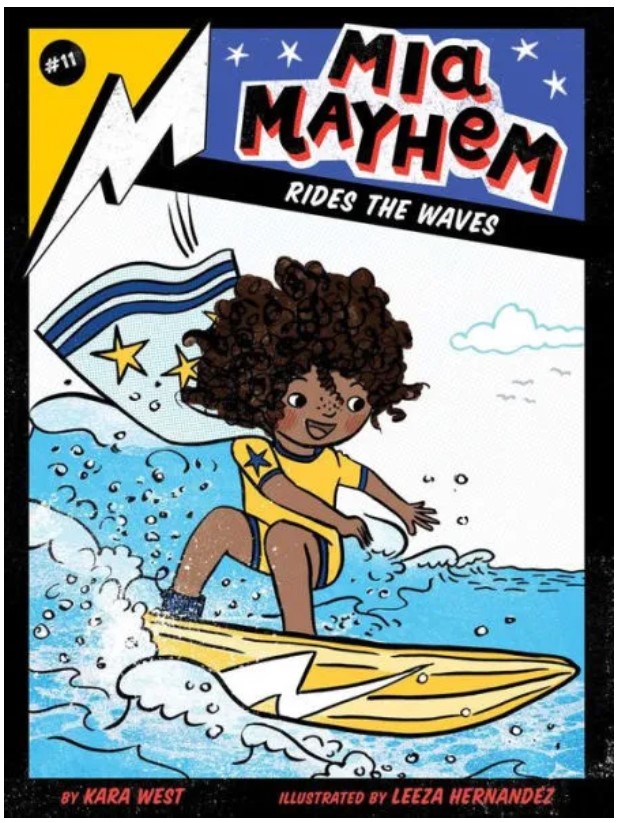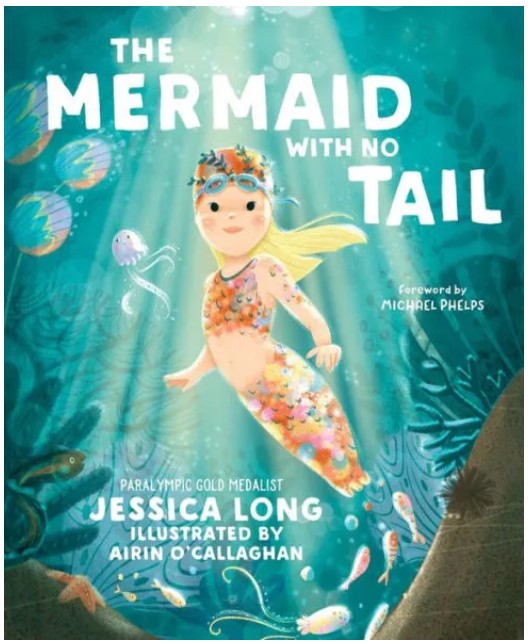It’s a brand new day, and a young girl decides to take on the world like a brave explorer heading off on an epic fairytale quest. From home to school and back again, our hero conquers the Mountain of Knowledge (the library), forges new bridges (friendships), and leads the victorious charge home on her steed (the school bus).
I Will Be Fierce is a powerful picture book about courage, confidence, kindness, and finding the extraordinary in everyday moments. Young readers will relate to the girl who uses her imagination in every aspect of life. For example, she pretends that her backpack is a treasure chest and the neighborhood dogs are monsters. The text and illustrations combine to show the girl’s varied emotions such as fear, wonder, and happiness.
At the heart of I Will Be Fierce is the idea that every day, we can choose to either be kind or cruel. When the girl sees a classmate eating by herself, she chooses to sit by the girl and become a friend. Instead of following the crowd, she charts her “own course.” While going against the crowd requires the girl to “be fierce,” it is important for her to “conquer” her fears and make her “voice heard.”
The bright and cheerful illustrations allow readers to understand the girl’s imagination. For example, when she looks at the school bus with kids hanging out the windows, the girl knows she must “charge the many-headed serpent.” Most of the story takes place in school and portrays a diverse group of children. Each page has one simple sentence and “I will be fierce” is repeated throughout the story.
I Will Be Fierce incorporates lively illustrations, lifelong lessons, and a relatable main character. Because of the story’s lessons, I Will Be Fierce would be an excellent book for parents to read and discuss with their child. However, I Will Be Fierce is also the perfect book to use as a quick bedtime story. Another picture book that encourages children to be kind is The Power of One: Every Act of Kindness Counts by Trudy Ludwig.
Sexual Content
- None
Violence
- None
Drugs and Alcohol
- None
Language
- None
Supernatural
- None
Spiritual Content
- None
